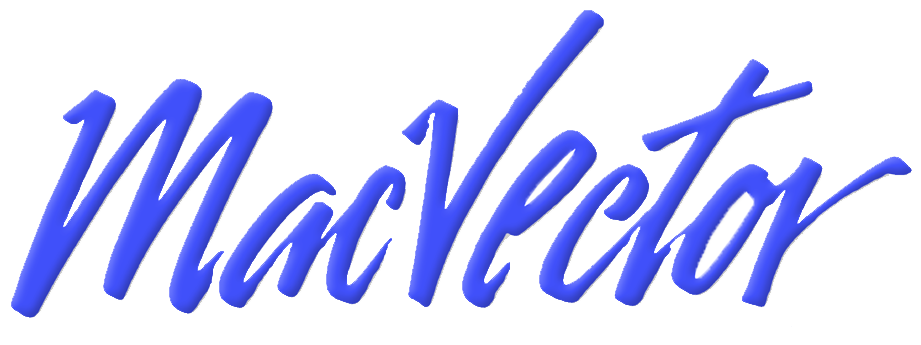-
How to increase the number of graphics levels to stop features overlapping.
Read more: How to increase the number of graphics levels to stop features overlapping.MacVector tries to optimize the Map graphics layout using a trade-off between performance and minimizing unnecessary white space. Sometimes the default settings we have chosen are not ideal, particularly if you are looking at the Map tab of an Align To Reference window where you have a large number of reads overlapping the same region.…
-
Know Your Alignments
Read more: Know Your AlignmentsWe often get asked “how do I do an alignment” using MacVector? Well, the answer to that is always “it depends”, and it depends on what you want to learn about your sequence(s). Here’s a quick summary of the different types of alignments and what you would use them for: Multiple Sequence Alignment (File |…
-
Importing sequences/features from websites such as ENSEMBL or UCSC’s Genome Browser
Read more: Importing sequences/features from websites such as ENSEMBL or UCSC’s Genome BrowserMany Genome Browsers/databases allow you to browse and view genomes, or a specific gene/region, with a high degree of detail. For example ENSEMBL and the UCSC Genome Browser. However, many times you want to work with that data on your own Mac. As usual the easiest way to exchange sequence data is using the Genbank…
-
How to reset the zoom level when you Drag Zoom into your sequence.
Read more: How to reset the zoom level when you Drag Zoom into your sequence.Being able to Drag Zoom makes it easy to view a specific region of your sequence in greater detail. To Drag Zoom, just hold down the mouse button and drag the cursor along your sequence. The Map view will redraw to show the selected area in greater detail. Once you are zoomed in you have…
-
Generating a primer report to send to your Oligo Synthesis service
Read more: Generating a primer report to send to your Oligo Synthesis serviceQuickTest Primer is a great tool for primer design. Paired with Primer Design/Test (Pairs) it gives you great control and flexibility for designing primers with tails, mismatches, silent mutations, one out sites and more. Once you’ve designed your primer the next step is to get it synthesized. QuickTest Primer will produce a PDF report of…
-
Selecting sequence residues in the Map tab
Read more: Selecting sequence residues in the Map tabThe Map tab is very flexible and allows you to do almost all of the sequence manipulations you might need, without switching tabs. In addition to selecting segments of a sequence by clicking on Restriction Enzyme sites or Features, you can also directly select sequence even when the residues are not visible and represented by…
-
ASM Microbe 2016
Read more: ASM Microbe 2016The MacVector team will be in Boston next week (16-20 June) for ASM Microbe 2016. We’re looking forward to visiting Boston again. It’s a great city. We’re on booth 441. Please do drop by and say hello. We’ll be able to show you the upcoming release of MacVector 15 and MacVector for Windows. There’ll probably…
-
Testing pairs of primers
Read more: Testing pairs of primersQuite a few versions back MacVector used to have an old, but well loved, Test PCR Primer Pairs algorithm. Its interface was clunky and it did not take into account modern algorithms for calculating Tm. However, the results were useful. If you liked this tool then you will be pleased to know that the functionality…
-
Creating a custom set of restriction enzymes containing just the enzymes in your freezer drawer.
Read more: Creating a custom set of restriction enzymes containing just the enzymes in your freezer drawer.MacVector has multiple tools for displaying restriction enzymes sites in your sequence. All of these tools use Restriction Enzyme files. These are a set of files, updated regularly from the REBASE database, grouped according to reagent supplier. Whereas the default file is “Common Enzymes” if you only purchase enzymes from NEB, then you can choose…
-
Print Agarose Gel images with black bands on a white background
Read more: Print Agarose Gel images with black bands on a white backgroundThe new simulated agarose gel function in MacVector 14.5 creates photorealistic agarose gels that look just like the real thing. However, if you want to print a record of a gel on a laser printer, the standard white bands on a grey background are not always ideal, if for no other reason than it uses…
